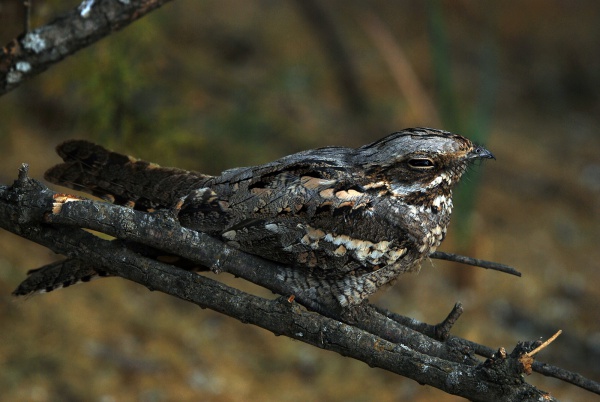Facts About European nightjar
The European nightjar, also known as the common goatsucker or Eurasian nightjar, is a fascinating bird found across Europe, the Palearctic region, extending to Mongolia and Northwestern China. These birds are most active during twilight and nighttime, making them quite elusive to spot.
One of the most striking features of the European nightjar is its camouflaged plumage. This natural disguise helps them blend seamlessly into their surroundings. They typically inhabit dry, open areas interspersed with trees and small bushes, which facilitates their ability to remain concealed.
Interestingly, European nightjars do not construct nests. Instead, they lay their eggs directly on the ground. Their diet is relatively simple—they primarily feed on flying insects, which they adeptly capture while in flight. Thanks to their large eyes and a specialized reflective layer, they possess excellent night vision that aids in their nocturnal hunting.
With the arrival of winter, these birds migrate to sub-Saharan Africa to escape the cold. Their breeding season begins in late May and extends through August. During this period, the male nightjar claims a territory and performs elaborate courtship displays to attract a mate. The female then lays one or two eggs on the ground, and both parents participate in raising the chicks.
However, European nightjars face several threats. Habitat loss and pesticide use are significant concerns, as they affect the availability of their insect prey. Despite these challenges, the European nightjar is currently classified as a species of least concern by the International Union for Conservation of Nature (IUCN), thanks to its large population and extensive range.
That said, their numbers are declining in certain areas, underscoring the need for ongoing conservation efforts. Protecting their habitats and ensuring a steady supply of their insect prey are crucial steps in ensuring these unique birds continue to thrive.

 Russia
Russia